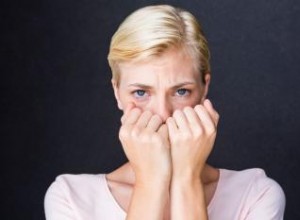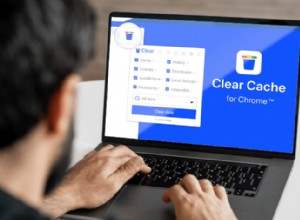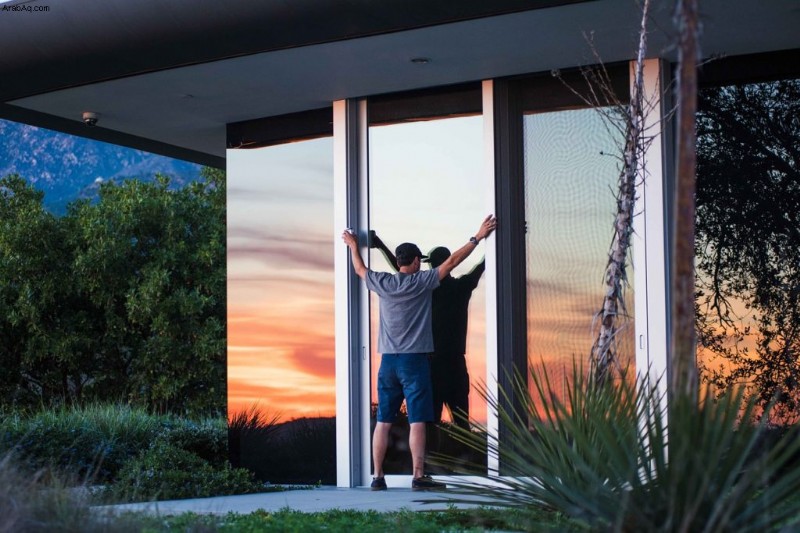
مع تقدمي في السن ، أتعلم حقيقة أفضل تركها مجهولة. في مرحلة ما من حياة طفلك ، سيفقد صديقًا.
قبل بضعة أشهر ، رافقت أنا وزوجتي ابننا في سن الجامعة في جنازة أحد أصدقائه. كانت تبلغ من العمر 17 عامًا في المدرسة الثانوية وكانت تعاني من الألم بما يكفي لإنهاء حياتها بالانتحار.
كان هناك الكثير من الناس في الخدمة لدرجة أن الحشد تدفق خارج أبواب المبنى وعلى الشرفة. في الداخل ، وقفت مقابل الحائط ، حرفياً كتفاً بكتف مع أقرانها وأفراد أسرتها ومعلميها. أصبح من الواضح بشكل مدهش بالنسبة لي أنها محبوبة وسيُفتقدها بشدة.
لكن بالنسبة لها ، في تلك اللحظات الأخيرة ، طغى الظلام الذي شعرت به في الداخل على نور الحب الموجود في جنازتها.
بعد أيام قليلة ، أصدرت SAMHSA ، إدارة خدمات إساءة استخدام المواد المخدرة والصحة العقلية ، تقريرًا بعنوان ، استخدام المواد الأساسية ومؤشرات الصحة العقلية في الولايات المتحدة:نتائج المسح الوطني لعام 2018 حول تعاطي المخدرات والصحة. [1]
يستمر التقرير في أكثر من 80 صفحة مع إحصاءات ومخططات وتعليقات ختامية ، ويفصل المشاكل التي نواجهها نحن الأمريكيين مع المخدرات والكحول والأمراض العقلية. ويغطي موضوعات مثل:
- النسبة المئوية للبالغين والمراهقين الذين يتعاطون الكحول والتبغ والمواد الأفيونية ومجموعة كبيرة من العقاقير غير المشروعة الأخرى
- الشروع في تعاطي الكحول والمخدرات (في أي عمر يبدأ الأشخاص في تعاطي المخدرات والكحول
- المخاطر المتصورة التي ينطوي عليها تعاطي الأمريكيين للمخدرات والكحول
- نسبة الأشخاص الذين يسعون للعلاج من إدمانهم
- معدلات الإصابة بالأمراض العقلية بين المراهقين والبالغين في الولايات المتحدة
- تزامن حدوث المرض العقلي مع تعاطي المخدرات
- الأفكار والسلوك الانتحاري بين المراهقين والبالغين في الولايات المتحدة
يعد التقرير مراجعة شاملة لهذه البيانات (بصراحة ، إنها قراءة جافة ، ولا يسارع أحد إلى تحويلها إلى سلسلة Netflix) ، لكن المعلومات التي يقدمها هي نظرة واقعية للأزمة في بلدنا.
وكما اكتشفت عائلتي هذا الصيف ، فإن الألم البشري الذي التقطته الأرقام يظهر أمام أعيننا يوميًا.
بعض النتائج الرئيسية هي:
- "في عام 2018 ، كان ما يقدر بنحو 164.8 مليون شخص في سن 12 عامًا أو أكثر في الولايات المتحدة (60.2 بالمائة) من متعاطي المخدرات في الشهر الماضي (أي التبغ أو الكحول أو المخدرات غير المشروعة).
- "حوالي 2.2 مليون مراهق تتراوح أعمارهم بين 12 و 17 عامًا شربوا الكحول في الشهر الماضي ، وشرب 1.2 مليون من هؤلاء المراهقين بنهم في تلك الفترة."
- "كانت إساءة استخدام مسكنات الألم التي تصرف بوصفة طبية هي ثاني أكثر أشكال تعاطي العقاقير غير المشروعة شيوعًا في الولايات المتحدة في عام 2018 ، حيث يسيء 3.6 بالمائة من السكان استخدام مسكنات الألم".
- "في عام 2018 ، أساء ما يقدر بنحو 10.3 مليون شخص في سن 12 عامًا أو أكثر استخدام المواد الأفيونية في العام الماضي ، بما في ذلك 9.9 مليون من الذين يسيئون استخدام مسكنات الآلام و 808000 من مستخدمي الهيروين."
- "في عام 2018 ، حاول ما يقرب من 647000 شاب تتراوح أعمارهم بين 18 و 25 عامًا الانتحار في العام الماضي."
بالنسبة لأولئك الذين يعانون من مرض عقلي ، مثل نوبة اكتئاب كبرى أو غيرها من الأمراض العقلية الخطيرة ، فإن تعاطي المخدرات وإساءة استخدامها أكثر شيوعًا من عامة السكان.
ذكرت التقارير أن "النسب المئوية للبالغين الذين استخدموا العقاقير غير المشروعة في العام الماضي كانت أعلى بين أولئك الذين يعانون من SMI (49.4 في المائة) والبالغين الذين يعانون من AMI (36.7 في المائة) مقارنة مع أولئك الذين ليس لديهم أي مرض عقلي (15.7 في المائة). "
من الواضح أن معاناتك من مرض عقلي تجعلك أكثر عرضة لمشاكل المخدرات والكحول.
معًا يمكننا أن نفعل شيئًا حول استخدام هذه المادة والصحة العقلية
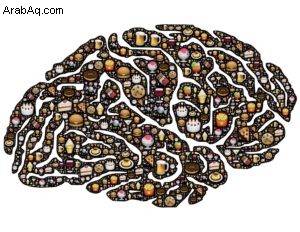
One of the strongest protective factors we have for suicide and drug and alcohol abuse is each other. [2]
But, it’s not easy, and it’s going to take work. Politics aside, creating a community is not something Americans are very good at right now.
In a 2017 article in the Harvard Business Review, former U.S. surgeon general Dr. Vivek Murthy writes, “we live in the most technologically connected age in the history of civilization, yet rates of loneliness have doubled since the 1980s.” [3]
And, a 2018 study from Cigna reports, “Nearly half of Americans report sometimes or always feeling alone (46 percent) or left out (47 percent).” In addition, “One in four Americans (27 percent) rarely or never feel as though there are people who really understand them.” [4]
Changing the Story
While the recent report from SAMHSA paints a bleak picture and loneliness increases the lure of drugs and alcohol, we are not left without resources. We have one another.
Malcolm Gladwell, in his book, Outliers; The Story of Success , provides a glimpse into the power of connection and community. In an excerpt from the book published in the New York Times, [5], Gladwell describes one community whose connection with one another made a life-saving difference.
In the 1950s, Dr. Stewart Wolf from the University of Oklahoma stumbled onto the town of Roseto, Pennsylvania, and it’s incredibly healthy inhabitants. A local physician told him that he rarely treated heart attacks in patients under 65 years old. This was highly unusual as heart attacks were at epidemic numbers in the 1950s.
Skeptical, Dr. Wolf and his team began to investigate, only to become more astonished at their findings,
Gladwell writes, “In Roseto, virtually no one under 55 died of a heart attack, or showed any signs of heart disease. For men over 65, the death rate from heart disease in Roseto was roughly half that of the United States as a whole. The death rate from all causes in Roseto, in fact, was something like thirty or thirty-five percent lower than it should have been.”
But that’s not all, John Bruhn, a sociologist assisting Wolf, was amazed to discover that in the town of Roseto, “There was no suicide, no alcoholism, no drug addiction, and very little crime. They didn’t have anyone on welfare…These people were dying of old age. That’s it.”
Driven to explain this, the researchers explored every possible angle. They looked at diet, exercise, genetics, and geography. Nothing explained the mental and physical health of the people of Roseto until they considered the impact of the community.
Gladwell continues, “What Wolf slowly realized was that the secret of Roseto wasn’t diet or exercise or genes or the region where Roseto was situated. It had to be Roseto itself. As Bruhn and Wolf walked around the town, they began to realize why.
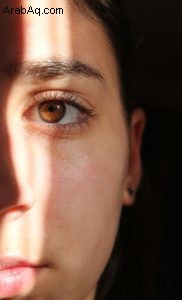
They looked at how the Rosetans visited each other, stopping to chat with each other in Italian on the street, or cooking for each other in their backyards.
They learned about the extended family clans that underlay the town’s social structure.
They saw how many homes had three generations living under one roof, and how much respect grandparents commanded.
They went to Mass at Our Lady of Mt. Carmel Church and saw the unifying and calming effect of the church.
They counted twenty-two separate civic organizations in a town of just under 2000 people.”
Wolf, Bruhn, and Gladwell all concluded that community, where we connect, what we do to support one another, and how we interact with others who inhabit the space around us, has a “profound effect on who we are.”
How will this knowledge affect our choices today? What can we do, in an age where we can’t stop looking at our screens, to connect with one another? Maybe it’s time to end this article and find someone to be with.
Take the initiative. Don’t wait for someone to reach out to you. Put down the phone. Close the laptop and go be with someone.



